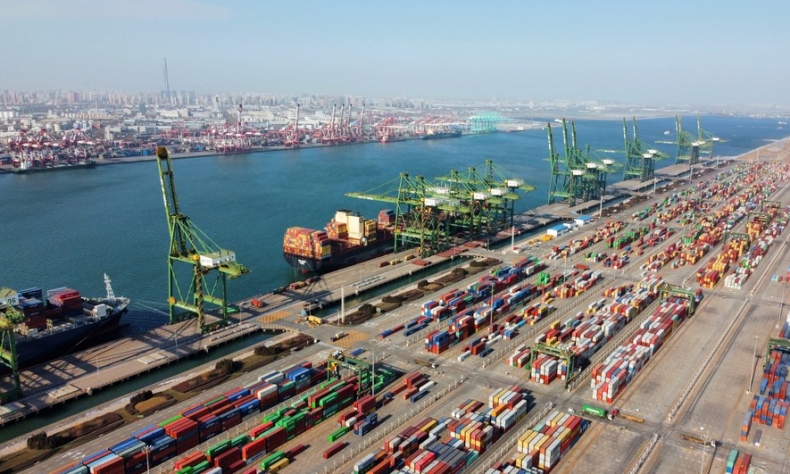Belt and Road Unites China and Latin America

China can be an essential supporter for reorganizing the political and economic agenda in Latin and South America.
The Belt and Road Initiative, proposed in 2013 by Chinese President Xi Jinping, improves cooperation among its participants in terms of both economic and cultural development. Latin American countries started to join the initiative in 2017, and as of 2019, 19 of them signed related memoranda of understanding with China.
As defined at the Second Ministerial Meeting of the China-Community of Latin American and Caribbean States (CELAC) Forum in 2018, the region is the natural extension of the initiative. In particular, it has its relevance for the 21st-Century Maritime Silk Road. Due to its geopolitical proximity to the area, the U.S. reaction to the initiative was one of distrust, which probably contributes to some Latin American countries’ delay in joining the initiative. The four largest economies in Latin America are Argentina, Brazil, Mexico, and Colombia. These economies represent 70 percent of the region’s GDP, but none has signed an agreement on Belt and Road cooperation, revealing that the initiative still raises doubt. Despite this situation, these four countries have bilateral cooperation agreements with China and several China-built infrastructure projects within their territories.
Although some Latin American countries have not explicitly participated in Belt and Road cooperation, mutual trust between China and Latin American countries is increasingly consolidated. President Xi has visited the region five times and held extensive and in-depth dialogues with its leaders on bilateral and multilateral occasions such as the leaders’ meetings of the Group of 20, the BRICS and the Asia-Pacific Economic Cooperation.

China is the second largest trading partner for the region and the largest trading partner for Brazil, Chile, Peru, Uruguay, and, more recently, Argentina. Despite this fact, Latin American countries still lack the appropriate regionally coordinated diplomacy to improve the relationship with China.
Given the current political tension between China and the U.S., it is urgent to establish forums for more dialogue on Belt and Road cooperation among the Latin American peoples, taking the BRICS and the group’s several forums as an example.
Different political actors express different reactions to the Belt and Road Initiative in Latin America. But it is essential to emphasize the importance of China and Latin America pursuing development exchanges in a relationship of equality. Railway construction, transport infrastructure, and airports are among the much-needed projects. However, it is worth noting that the initiative has increasingly gone beyond traditional infrastructure investments and projects. It can be said that the pandemic has accelerated the process of reframing the initiative, which has intensified efforts in constructing the so-called “new infrastructure” and boosted new forms of cooperation under the Digital Silk Road and the Health Silk Road.
The future of Latin America depends on a stable and prosperous relationship between its countries. China can be an essential supporter for reorganizing the political and economic agenda in Latin and South America. The Belt and Road Initiative should be beckoned on for greater cooperation and regional integration. Undoubtedly, the relationship with China through Belt and Road cooperation can offer Latin American countries opportunities for trade exchanges with China and for more significant gains. But Latin American countries need to do their homework: They should reshape their regional diplomacy to make China a true strategic partner for closer and more fruitful cooperation in science and technology, law, the environment, culture, and education.
The author is the executive editor in chief of the Portuguese edition of China Today magazine and a professor of international law at the FGV Law School and Fluminense Federal University in Rio de Janeiro, Brazil.
 Facebook
Facebook
 Twitter
Twitter
 Linkedin
Linkedin
 Google +
Google +










